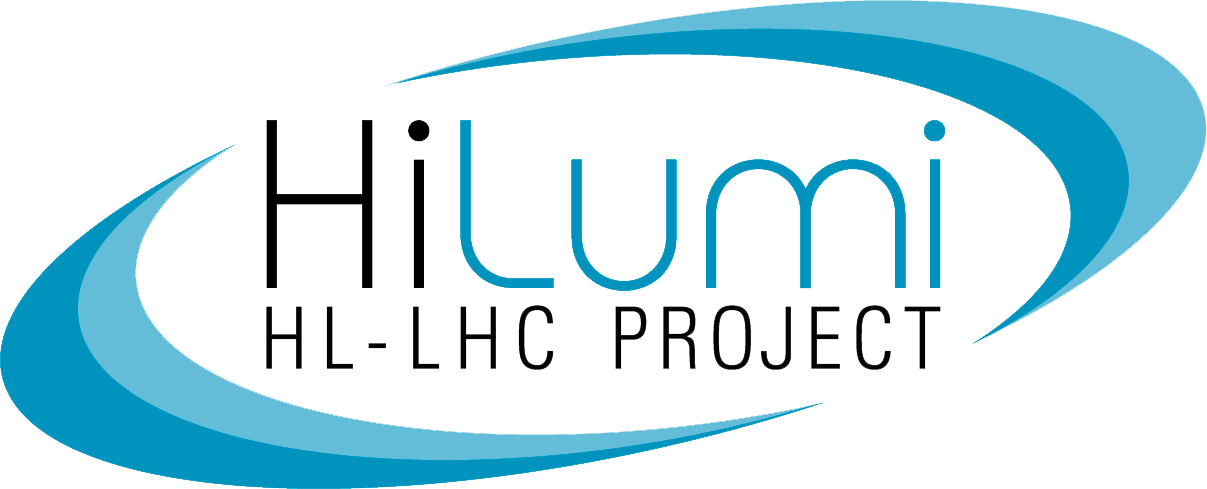Work package 5 is in charge of the upgrade of the LHC collimation system that is needed to cope with key objectives of the HL-LHC project: the increased beam current and beam brilliance as well as the smaller colliding beam sizes and the larger instantaneous and integrated luminosity in ATLAS and CMS. It addresses also the relevant collimation upgrades needed for the HL-LHC heavy-ion operation, with larger beam intensities and higher luminosity in ALICE. This ambitious upgrade demands an important revision of the present LHC collimation system: WP5 is in charge of the theoretical design studies that identified performance limitations of the present system and that conceived solutions to all known limitations, guaranteeing an efficient handling of the HL-LHC beams.
The work package addresses layout options, operational and commissioning scenarios and performance assessments for the upgraded collimation system of HL-LHC as well as the construction of new hardware.
The key hardware items that are part of the WP5 upgrade baseline are:
- New collimators for the high luminosity interaction regions (IRs), addressing both the protection of the IRs from incoming beam losses and the collimation of the physics debris downstream of the collision points.
- New collimators for the upgrade of the dispersion suppressors around IR2 (ALICE) and IR7 (betatron collimation insertion). In IR2, new collimators are added in the connection cryostat while in IR7, new collimators can be added at a later stage as part of two new assemblies, each including two 11 T dipoles. On either side of IR7, one full assembly would hereby replace a standard LHC dipole.
- Low-impedance collimators that will be added or replace existing collimators in the betatron cleaning insertion (IR7).
- Crystal collimation of heavy ion beams that are being installed in IR7 for heavy-ion beams.
- Hardware prototyping for a possible future implementation of hollow electron lenses (HEL) for an active beam-halo control of the: gun, collector and BPM.
WP5 also plans an improvement of the remote handling of activated collimators and participates to the HL-LHC project effort to implement the fully remote alignment system (FRAS) in IR1 and IR5.
The WPL and deputy are charged with the coordination of the efforts within the work package and ensure in conjunction with the HL-LHC project office the progress reporting as well as the documentation and implementation of scope, cost or schedule changes.
